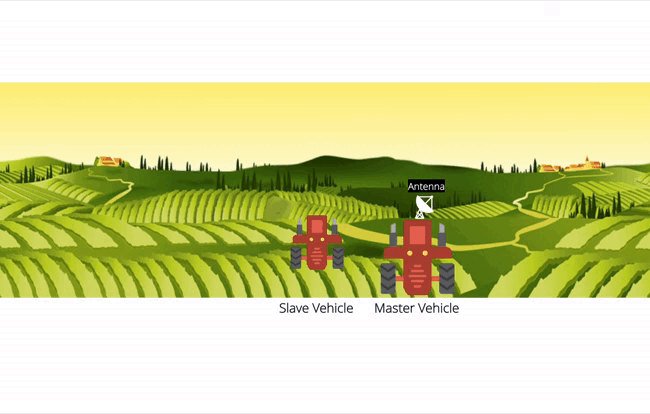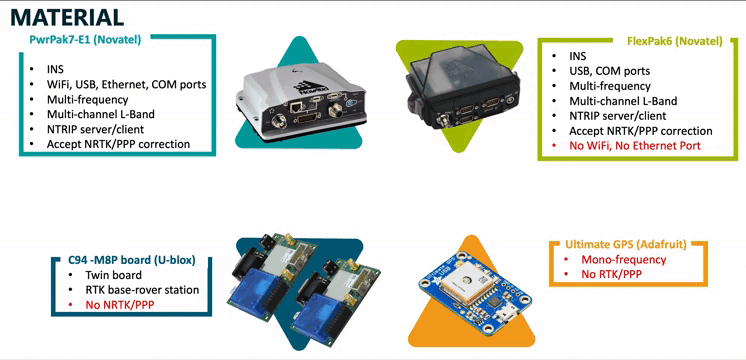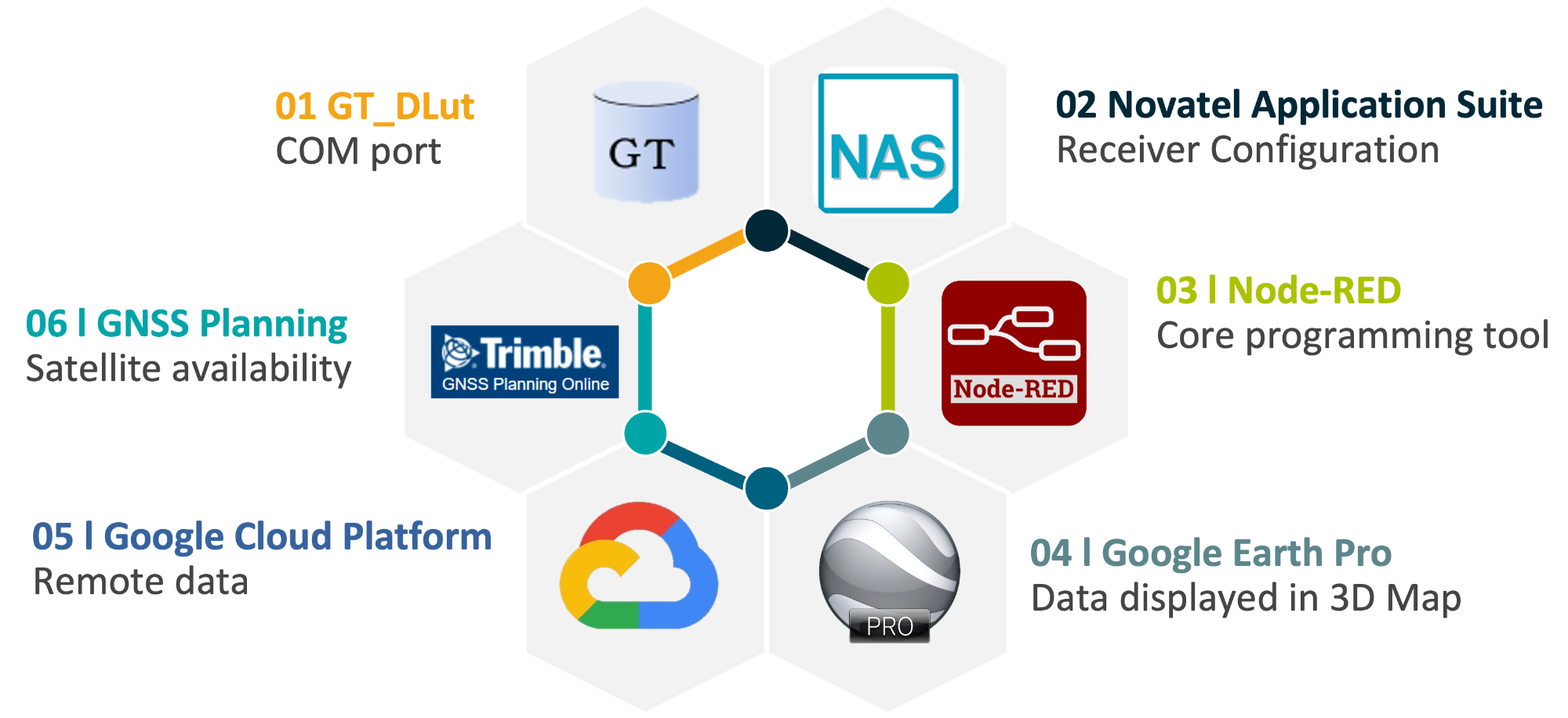Presentation
This project runs throughout the semester. I was in a group with Walid KHALED, Téo GENEAU, Eliott DOUTRIAUX and Alexandre AL AJROUDI. It is presented in partnership with ACTIA and allowed us to get in touch with many partners like Orange for the V2X part for which I was in charge of.
Overall, we almost reached our start-up objectives, with 100% of the objectives achieved on localization and communication, but this project has been a real challenge. Indeed, we encountered many problems that delayed us in our achievement. The final report is available below.
Problems encountered
The first problem we encountered was the organization of the project. First of all, one person joined the team in the middle of the project. Then, the schedule established by the INSA for the Hackathon in particular meant that the project did not start until the Hackathon was over. From then on, we started to fall behind and it was already impossible to catch up.
By the very nature of our project, we have many partners, some found by INSA and ACTIA and others by ourselves. As a result, the interactions, although started very early, often take a long time and are not always successful.
The project being very complex, we needed a lot of hardware which was very difficult to obtain. ACTIA had told us at the beginning of the project that they could provide us with hardware if necessary, but in spite of reminders nothing could be done in time except for the shuttle. Concerning this shuttle, we made the request a little late but with the promise that everything was working properly on it. However, the GPS receiver did not work and the numerous bugs encountered with the heart of the Sofware made us lose a lot of time although assisted by an engineer who helped us enormously on this end of project.
Finally, the project was much denser than originally expected. So although it is feasible, it is very difficult to achieve it in the time allotted. For example, the precise location part was an entire project of another group consisting of 6 people. Moreover, the servoing part of the autonomous shuttle arrived in the discussions only at the beginning of December.
Skills used
This project used many of the subjects of this semester like the middleware part for the V2X. But the realizations are to be found in the page realization of the project.
Review
Despite the many problems encountered, it was an opportunity to learn about project management and to discover the professional interactions between the partners. However, I don't necessarily get a good personal experience out of it because I invested a lot of personal time in it, sometimes putting me behind in other subjects, and only the negative points were noted at the end despite the fact that we had a very dense project and that we had fulfilled most of the requirements. Nevertheless, from a technical point of view, this project was very rewarding on a professional level.



